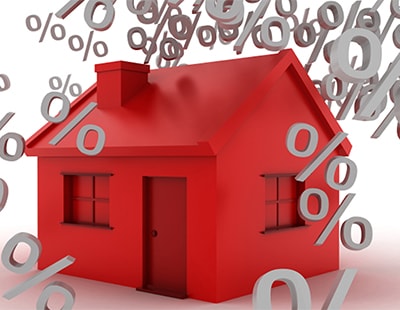
Average house prices across the UK increased by 0.3 per cent in August but the annual pace of house price growth edged down to 3.2 per cent - the weakest for two years.
The figures, from the Nationwide, provide further evidence that annual house price growth may be stabilising close to the pace of earnings growth, which has historically been around four per cent.
But “evidence cautions that this trend may not be maintained unless construction activity accelerates” according to Nationwide’s chief economist Robert Gardner who says surveyors report the lowest ever number of properties on their books while new buyer enquiries have been picking up.
Gardner says the underlying problem with the market - as have become universally acknowledged in the industry - has been the low volume of new house building.
“UK house prices didn’t fall as far during the financial crisis, and even where they declined by a similar magnitude, UK prices generally recovered their pre-crisis levels more quickly” he says.
UK house prices are currently around five per cent above their pre-crisis levels, while prices are still well below their pre-crisis peaks in Ireland (where there are still down a remarkable 38 per cent), Spain (still down 36 per cent) and the Netherlands (still down by 18 per cent).
“There is a strong correlation between employment and house price growth since the financial crisis across the major developed economies. House prices remain further below their pre-crisis peaks in countries where employment is also well below pre-crisis levels” he says.
But he adds: “With UK house building running well below the expected rate of household formation in recent years and with demand for homes rising, a significant increase in construction activity is required if affordability is not to become stretched in the years ahead.”
* Monthly first-time buyer sales have hit a post-recession record, according to the latest data from Your Move and Reeds Rains.
July saw 29,700 first-time buyers complete property transactions, the highest since August 2007, before the financial crisis struck, when it stood at 35,300. This month’s figure also represents a 28 per cent rise on April 2015’s number (23,200) – amounting to a 6,500 increase over the last three months – as well as a 4.9 per cent month-on-month boost on June’s figure of 28,300.












.png)


.png)




Join the conversation
Jump to latest comment and add your reply
Sounds very regional to me
Please login to comment